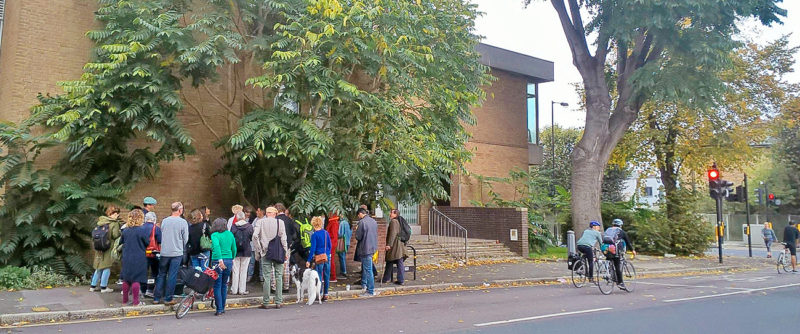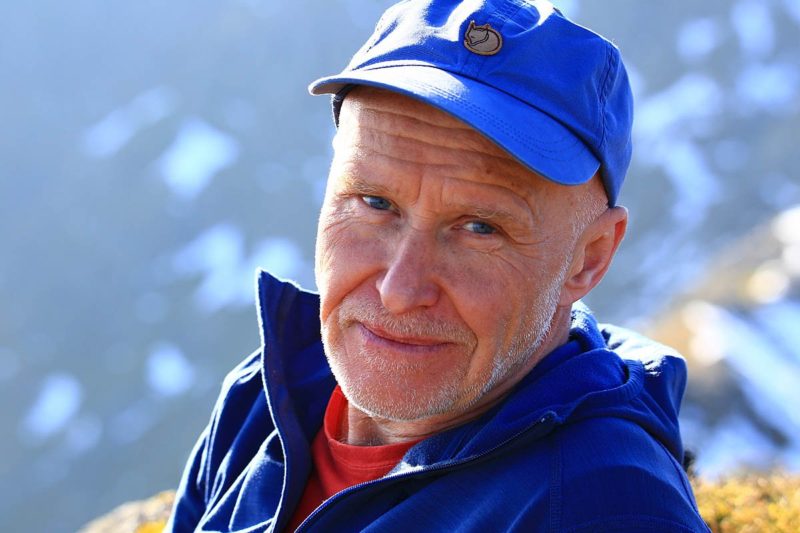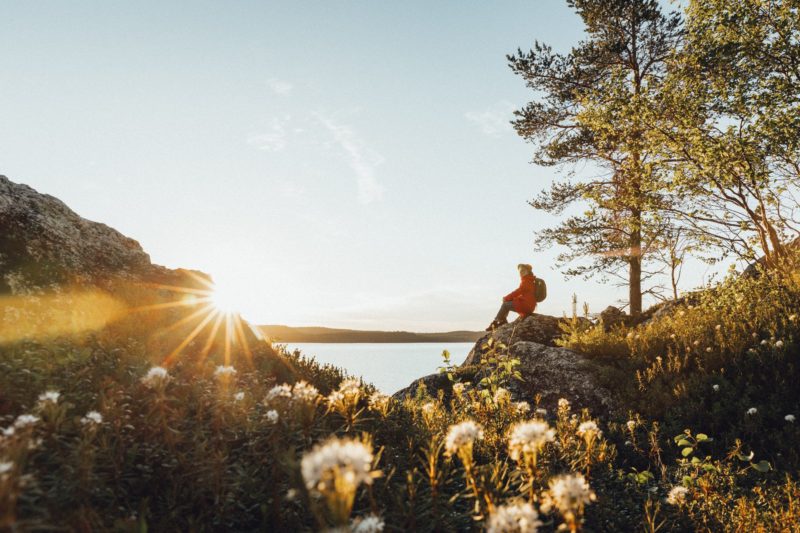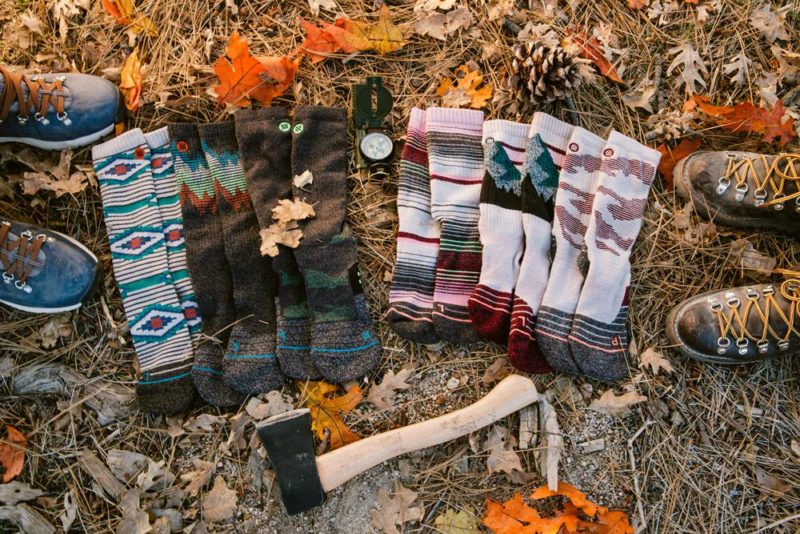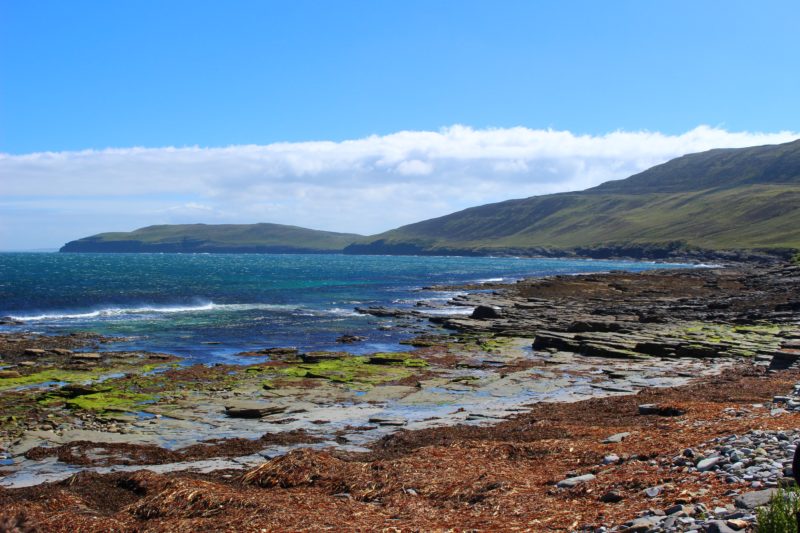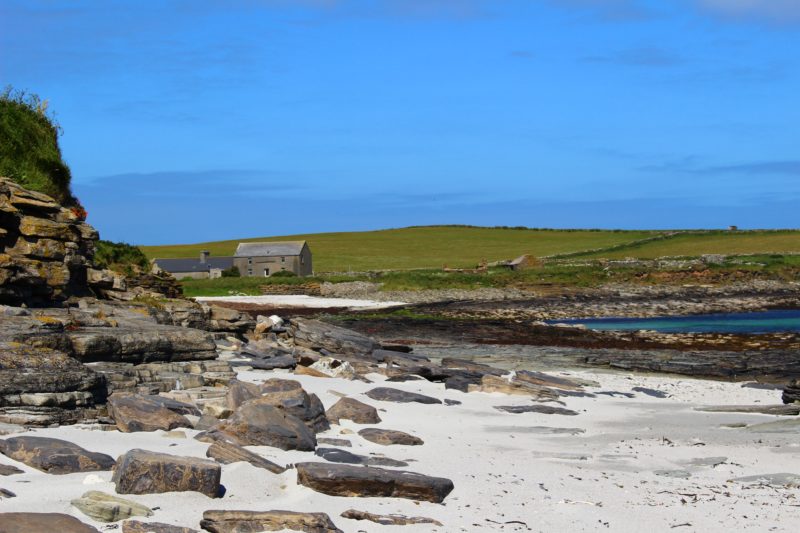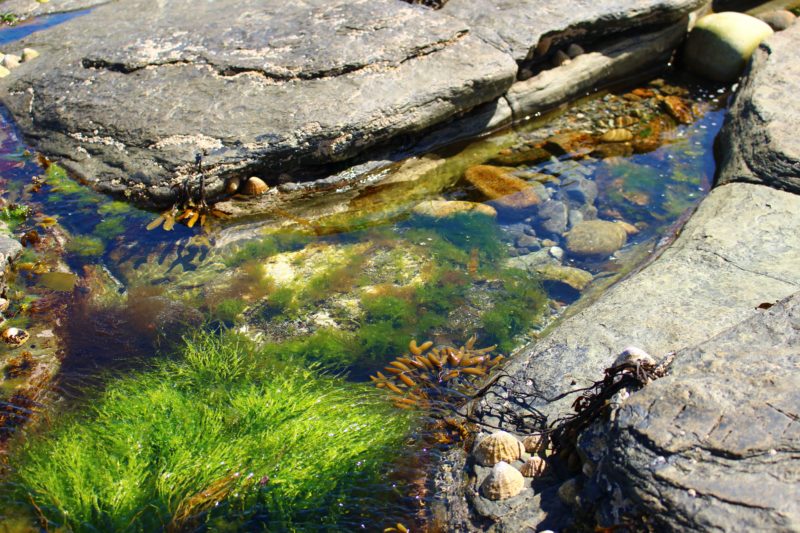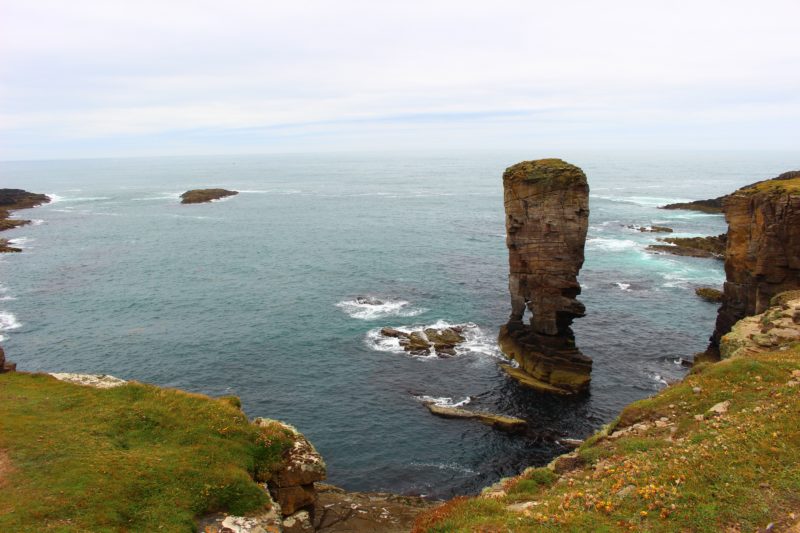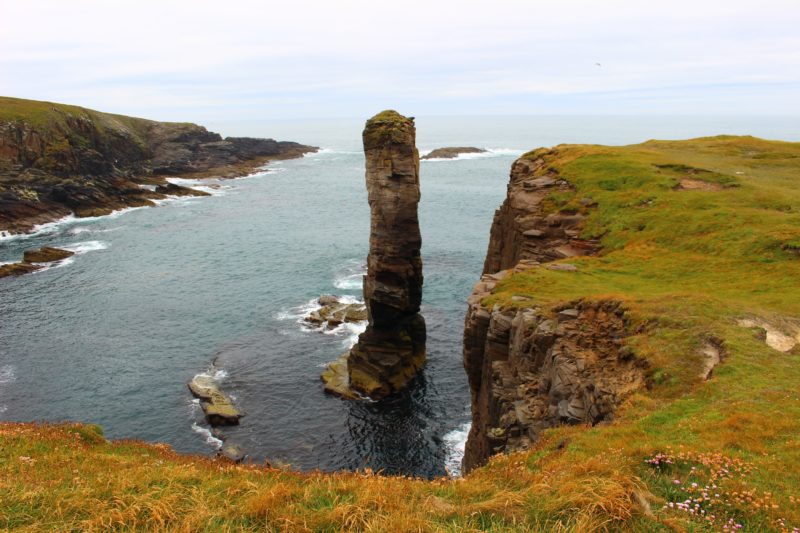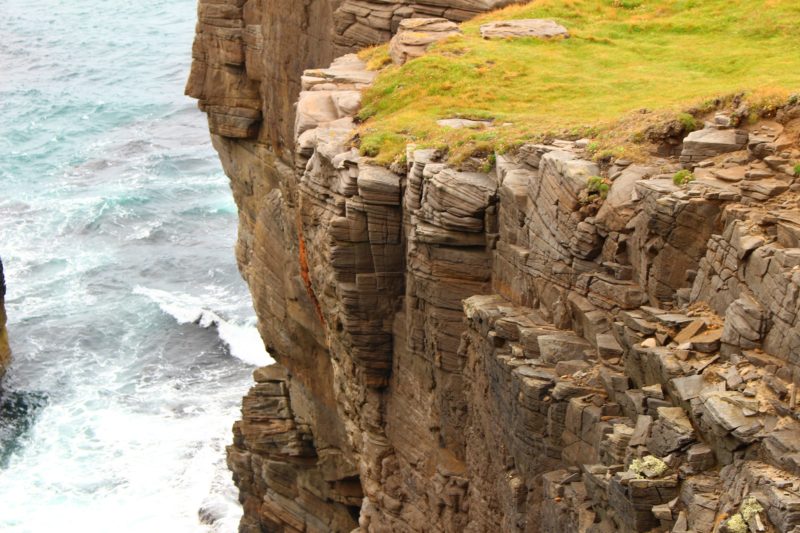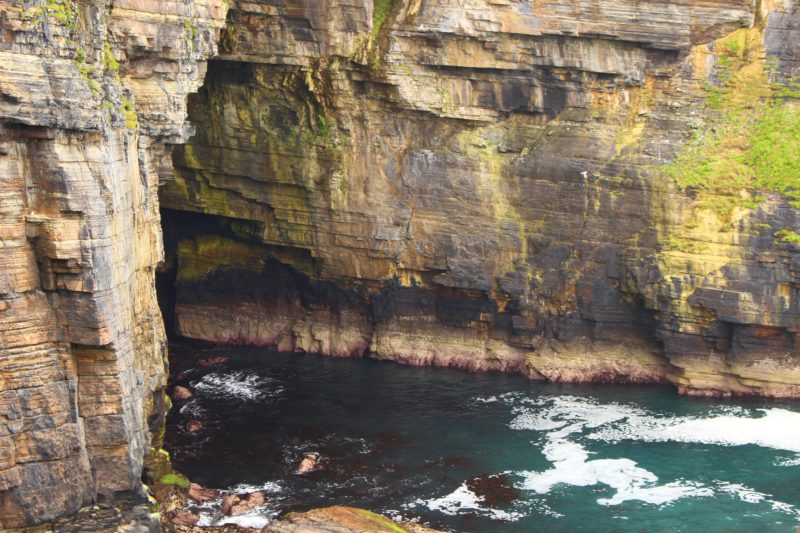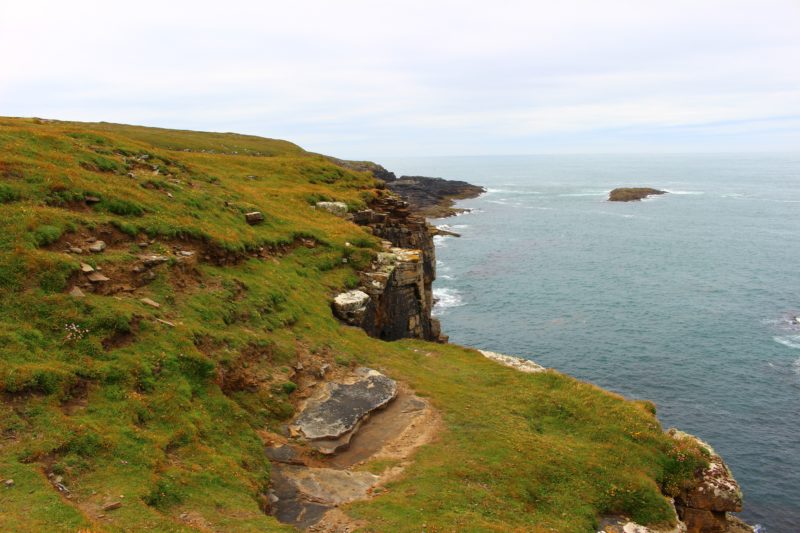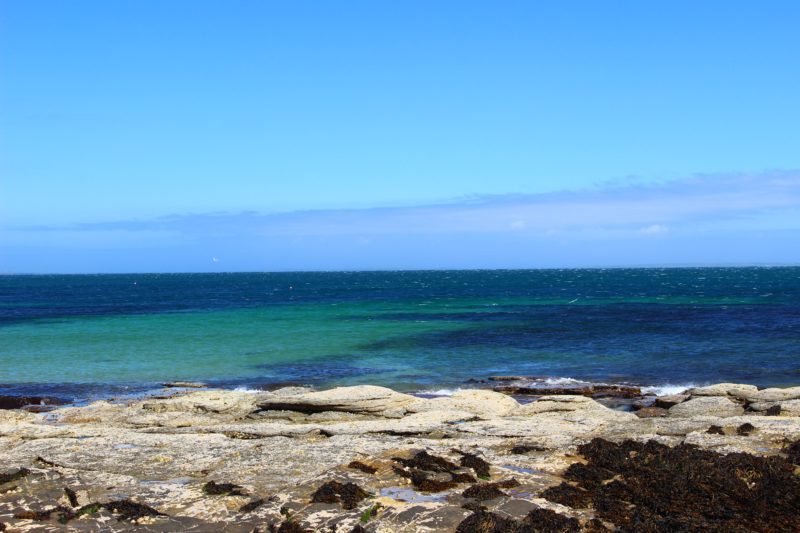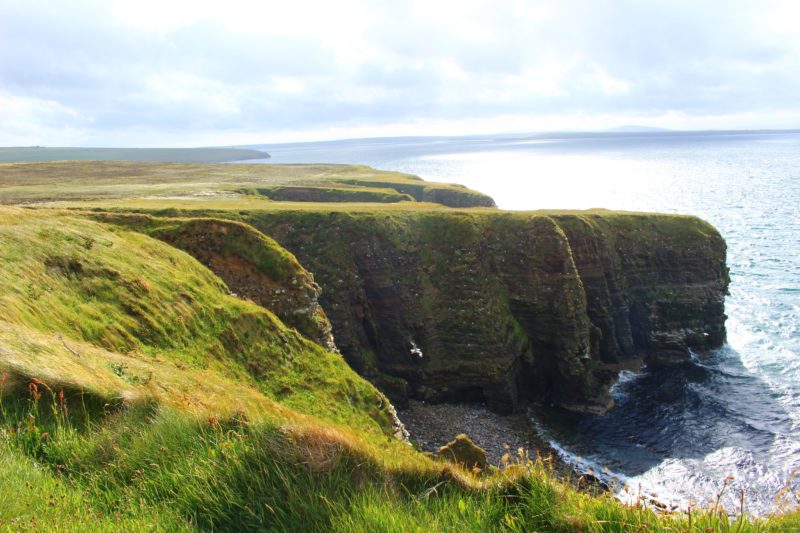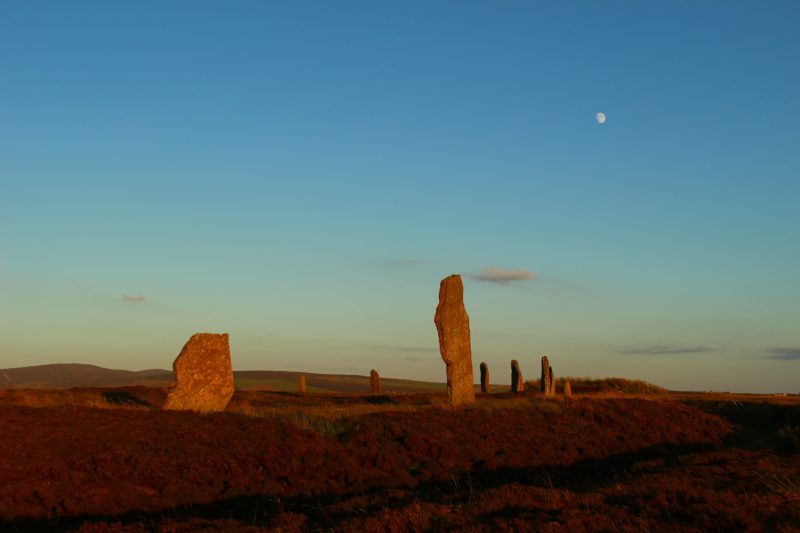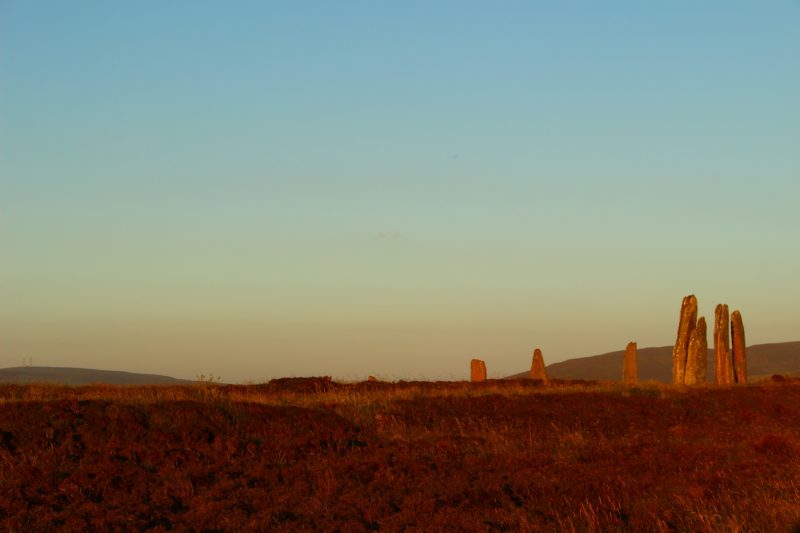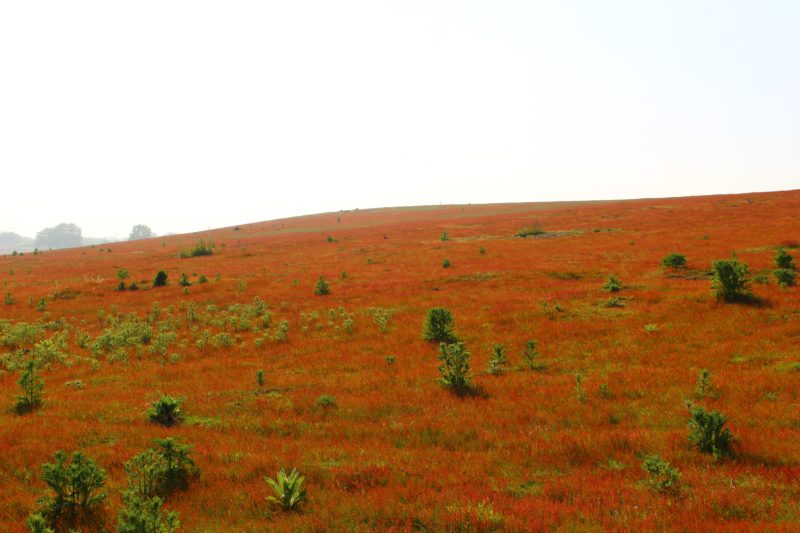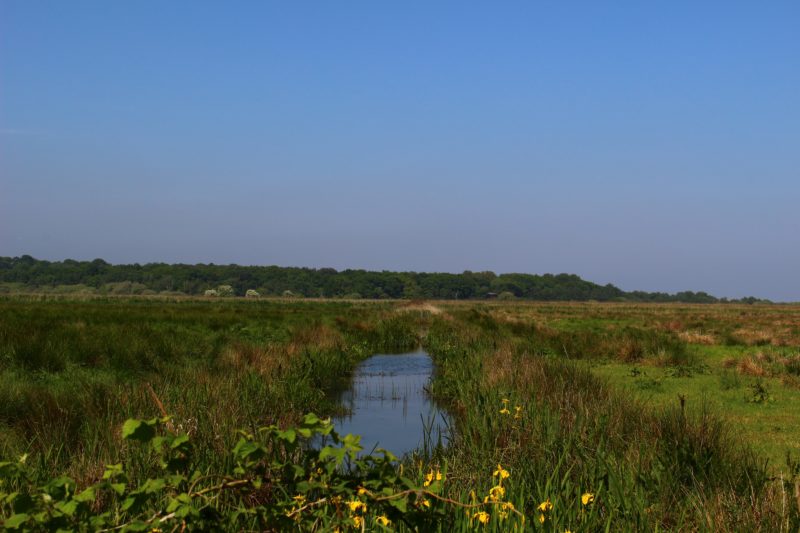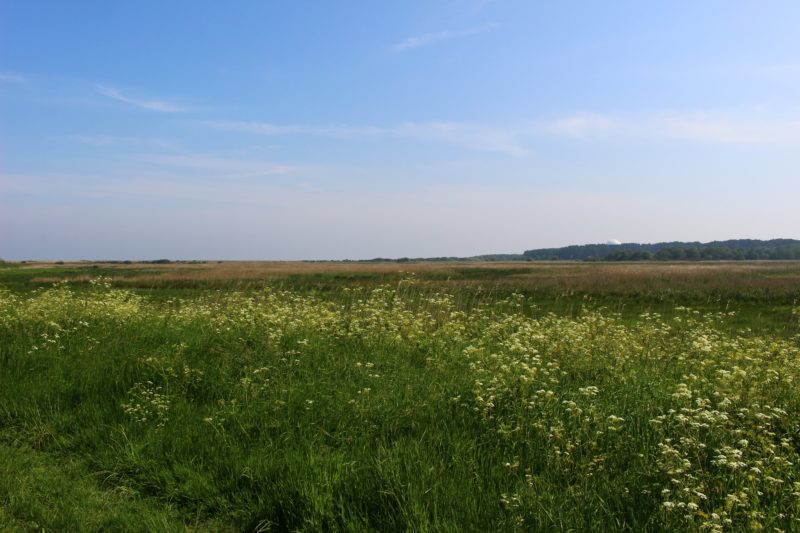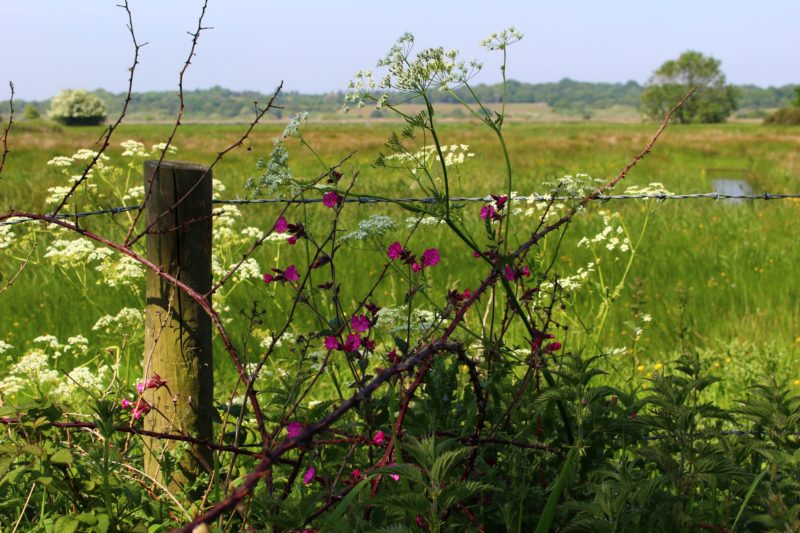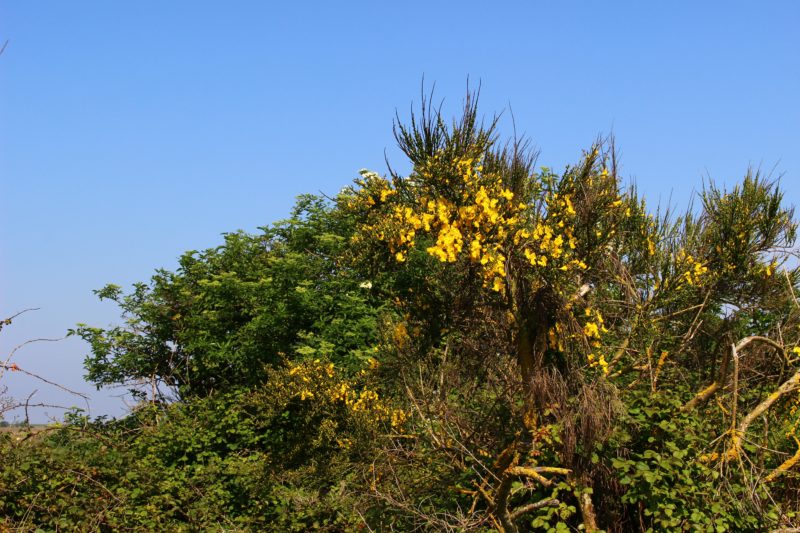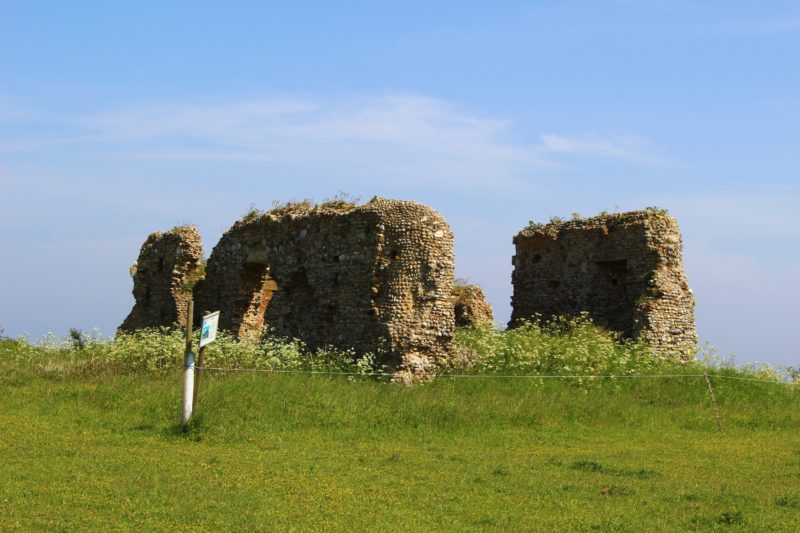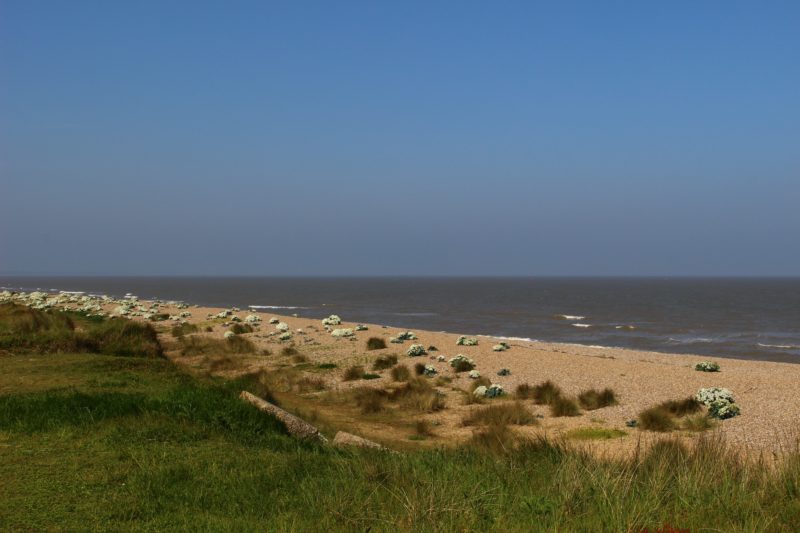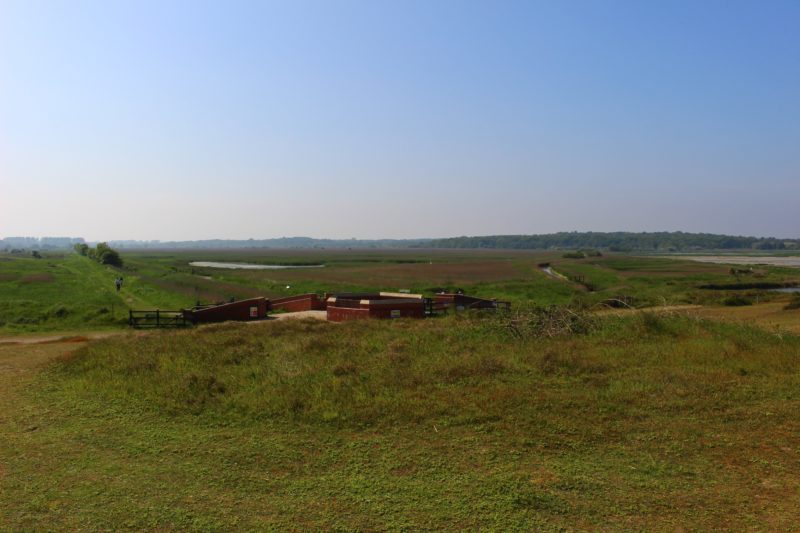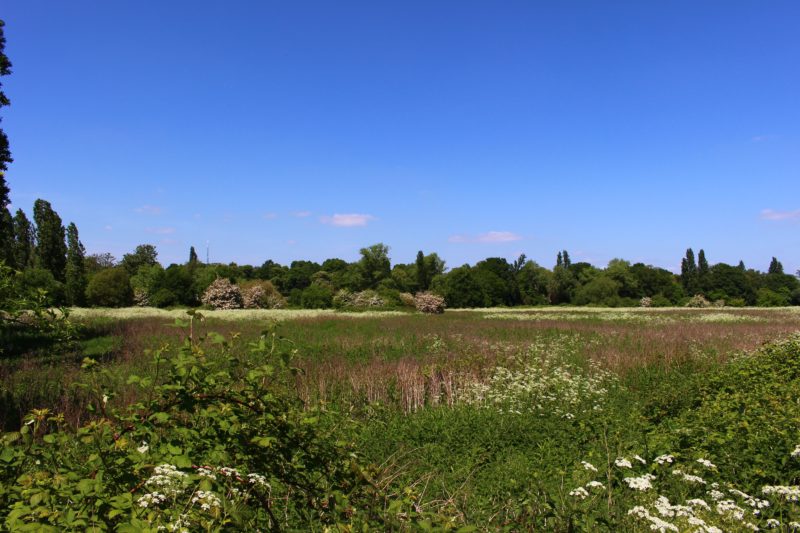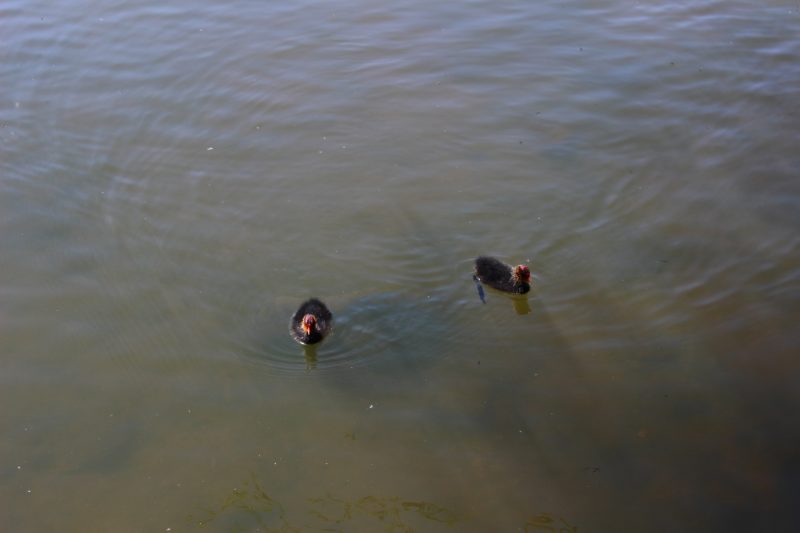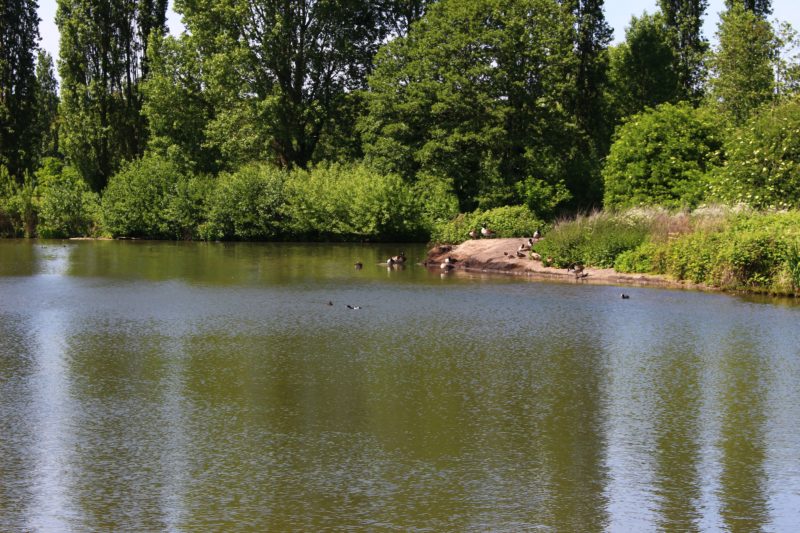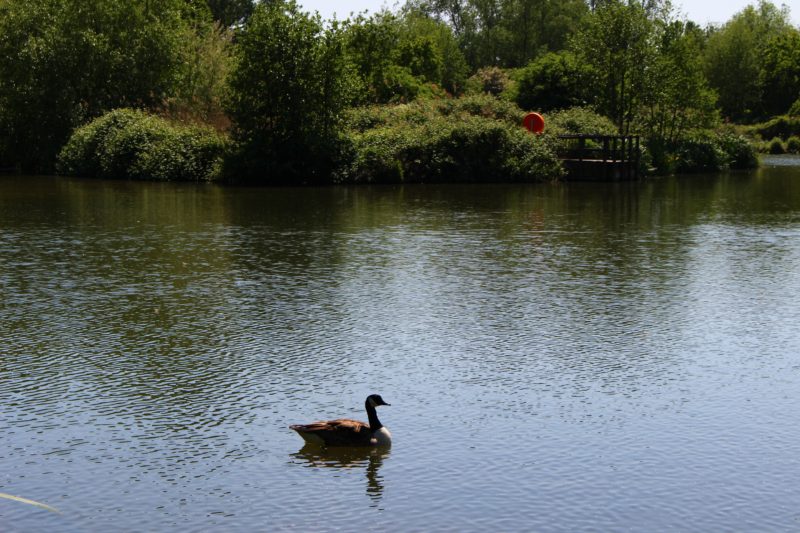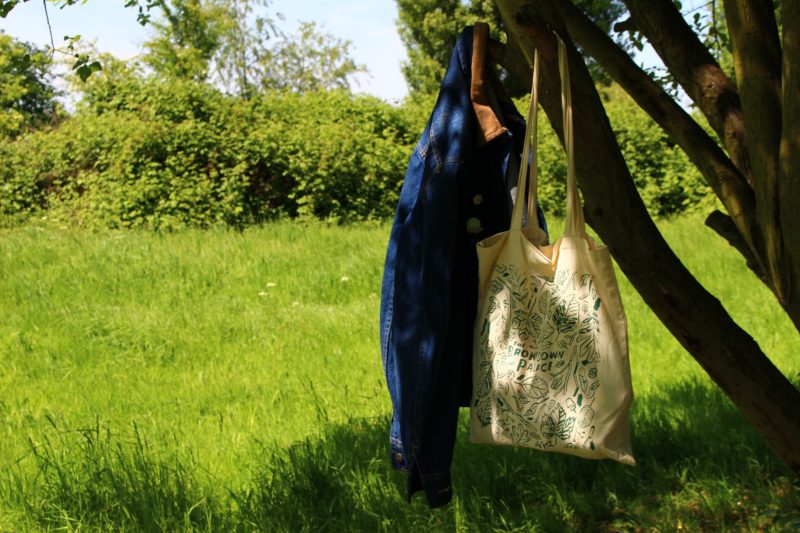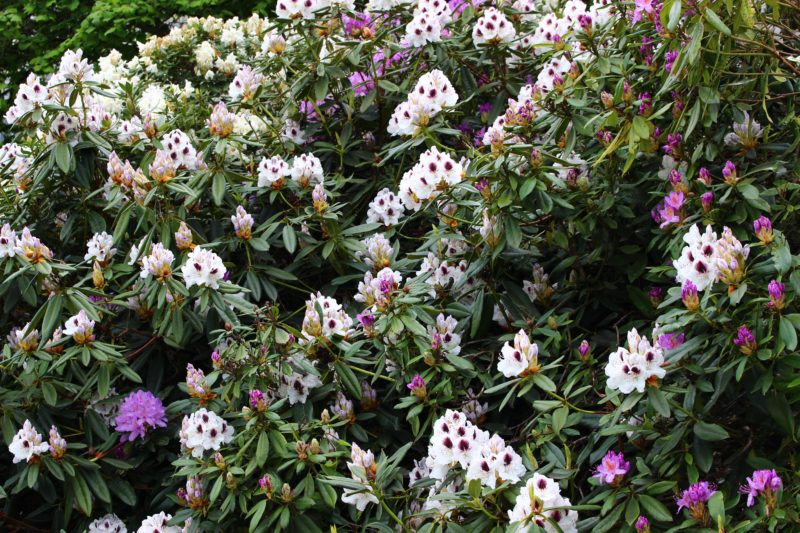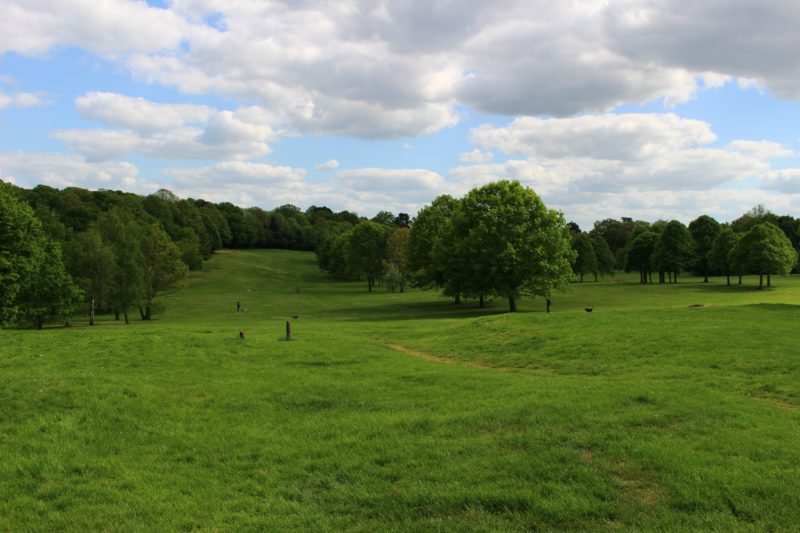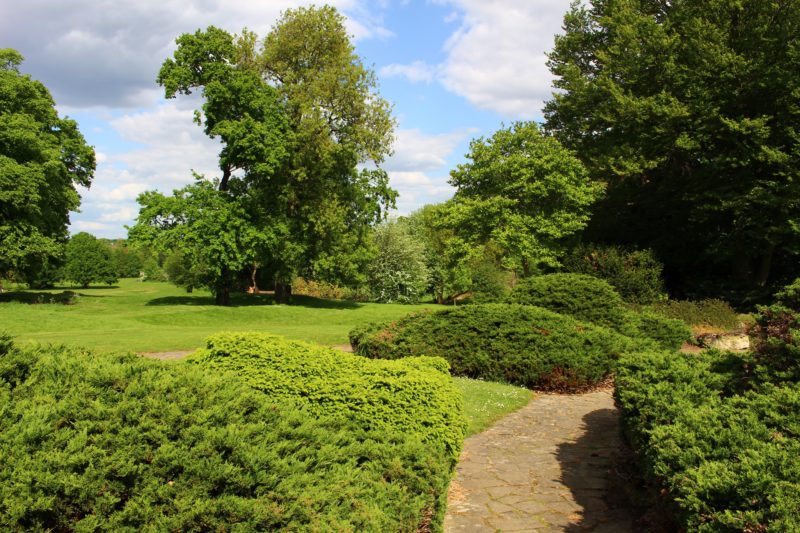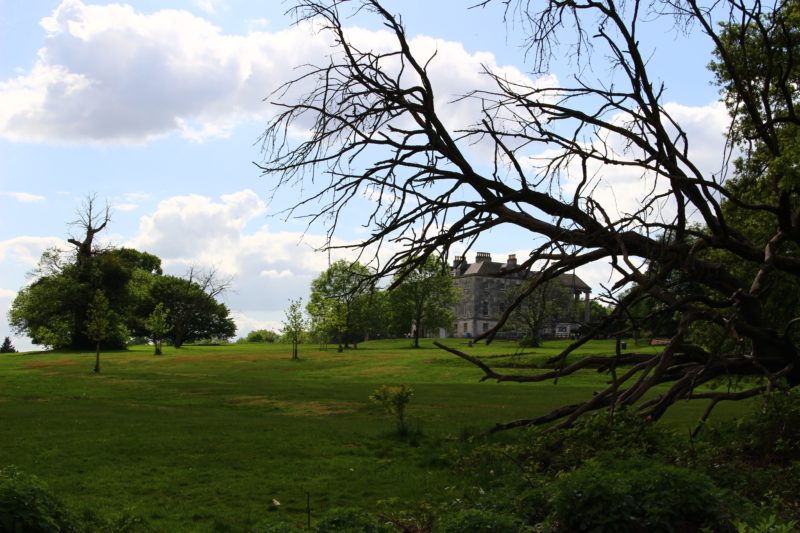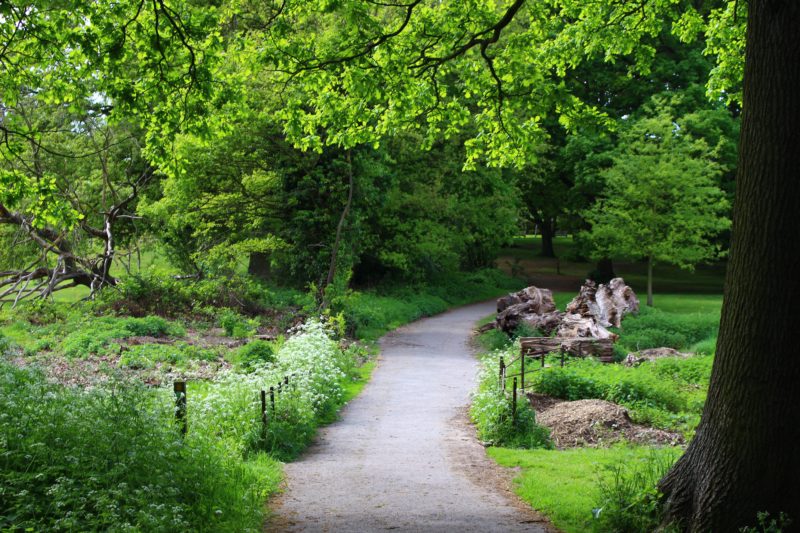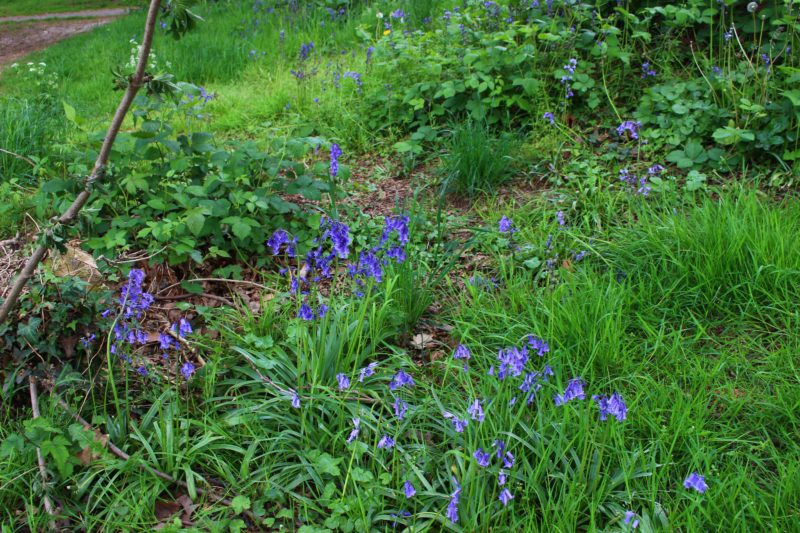
All these rocks- marble pink and black fungus growing, greyish purple streaked with shell pink and moss green and rust and peach all swirled together. Speckled pickled grey-pink like flesh, and great black hunks of moon rock. There are streaks, stripes, scars, speckles. Each rock has its own human level of individuality. Shapes, sizes, cracks, jagged edges and soft, salt-smoothed curves. The water has made gorges and riverbeds in some, craters and tracks in others. Damaged to the point of unique-ness.
One headland is a human face upturned to the sun and moon, another the head of a snake. Another still is a shoe on the end of an outstretched leg. From the corner of your eye, some rocks are so intricately marked that the crevices appear as letters, runes. Written rocks. Some have smashed and been haphazardly superglued back together, some have been smoothed into perfect spheres of one colour or with a consistent ombre. Some have shelves or caves or holes right through- said to be lucky. For the person who picks it up, maybe, but who wants a hole right through them?
Sometimes a beach is full of smooth pastel bonbons; others have all the planets- Jupiter’s red eye and caramel streaks, Neptune’s blue gloom, Saturn’s mystical rings…
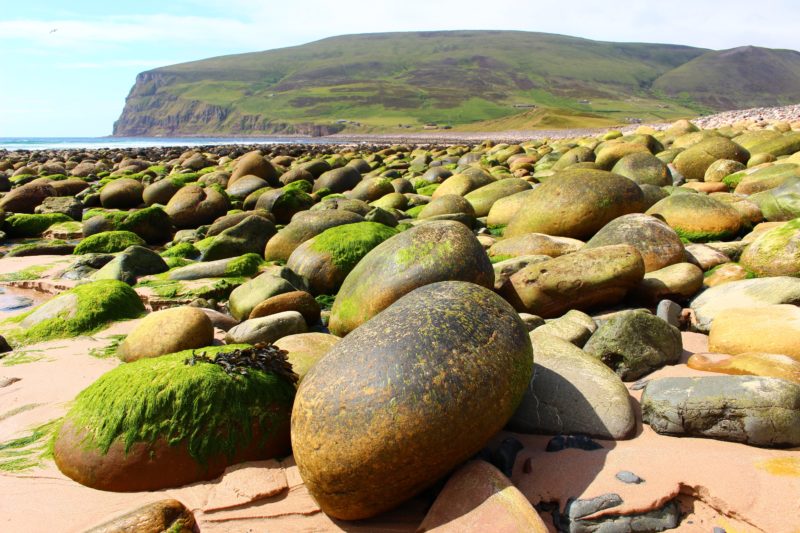
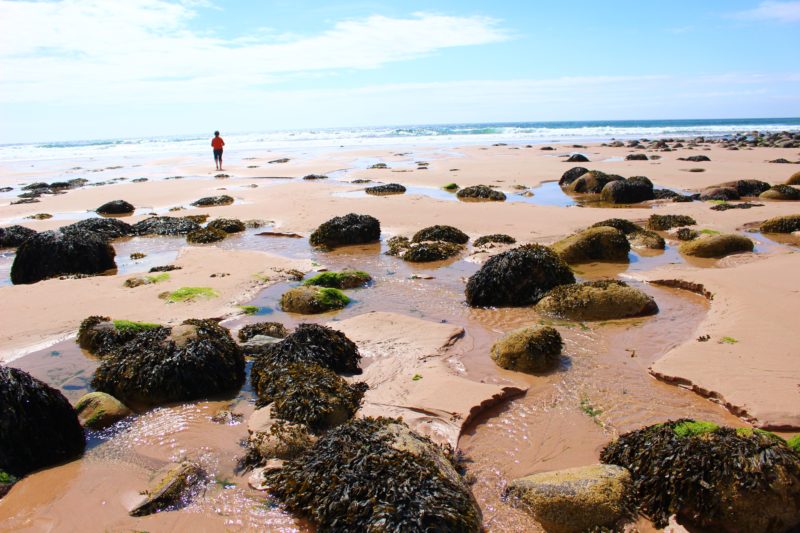
Rackwick Beach is probably my favourite place I’ve visited in the Orkney Islands. Situated just round the headland from the Old Man of Hoy, it’s absoutely magical in the sunshine, and still dramatic and striking in a storm (although, having never been there in the winter, I’m sure it can be pretty terrifying in the really bad weather!) The rocks on the beach are huge smooth rounded boulders at the back, eventually turning to a fine pale sand nearer the sea. Streams run from between the rocks (ideal for paddling!) and the beach itself is nestled between two prominent headlands, giving it some shelter from the open ocean. From certain angles on the beach, on a very clear day, the Old Man can even be seen.
It’s not only facing the ocean that the beach has a striking beauty- the scenery behind it is just as jawdropping! The tiny village of Rackwick is spread across the valley between the beach and the hills behind. Isolated from the larger settlements of Lyness and Longhope on the south end of the island by a road which winds through the hills where there have recently been sightings of a pair of white-tailed sea eagles, Rackwick is also a common place to spot birds of prey.
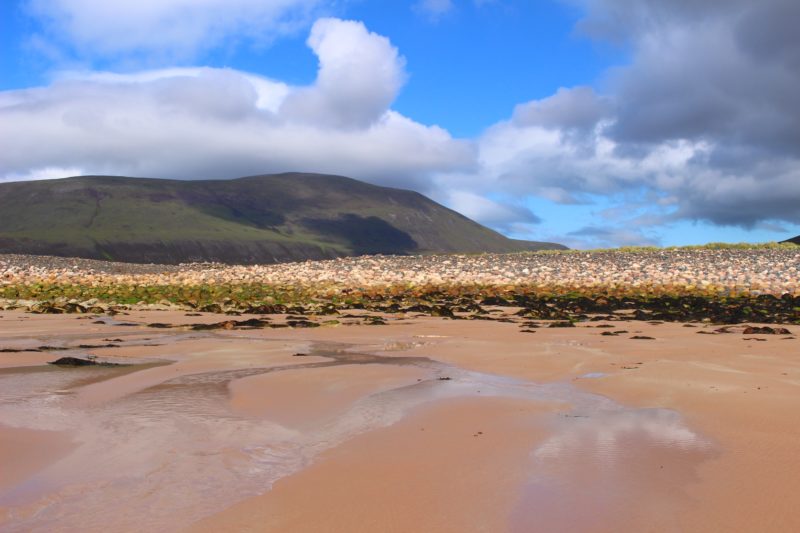
The village is a popular site for backpackers, and has a hostel housed in the old schoolhouse, where a lot of climbers planning to scale the Old Man, or people planning to hike up to St John’s Head further around the headland, tend to stay. All of the houses in Rackwick are low, long stone cottages, set into the hillsides and built with corrugated roofs to protect from the weather. Many of these are holiday lets, nowadays; the already small population of Rackwick has declined much further over the last century. One of these cottages is used as a bothy; it’s just behind the barrier of boulders that has formed at the back of the beach.
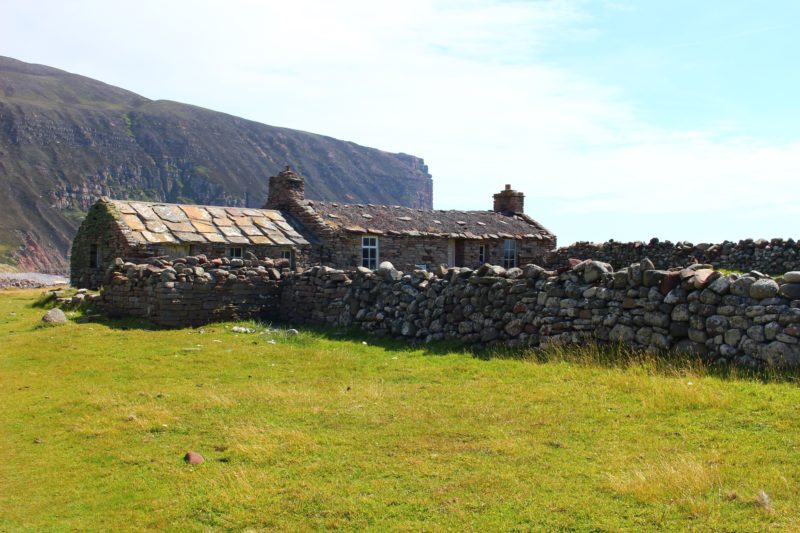
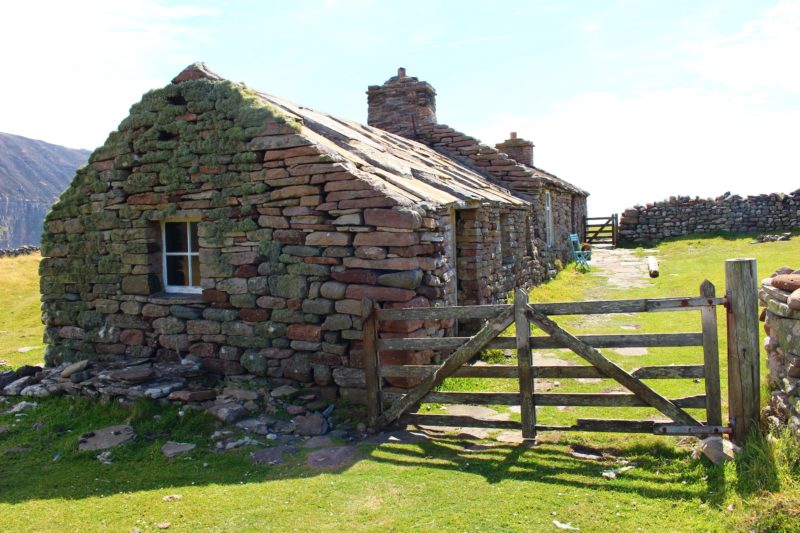
It’s pretty impossible to describe the atmosphere of Rackwick; the weather can change in a split second, mist rolling in from the hills or the sea even on a bright, sunny day; a storm approaching fast from any direction. In one direction the sun will be shining, in another the hills will be shrouded in thick swirling mist. It’s a beautiful place, and I’m not really sure any words or photos can truly do it justice.
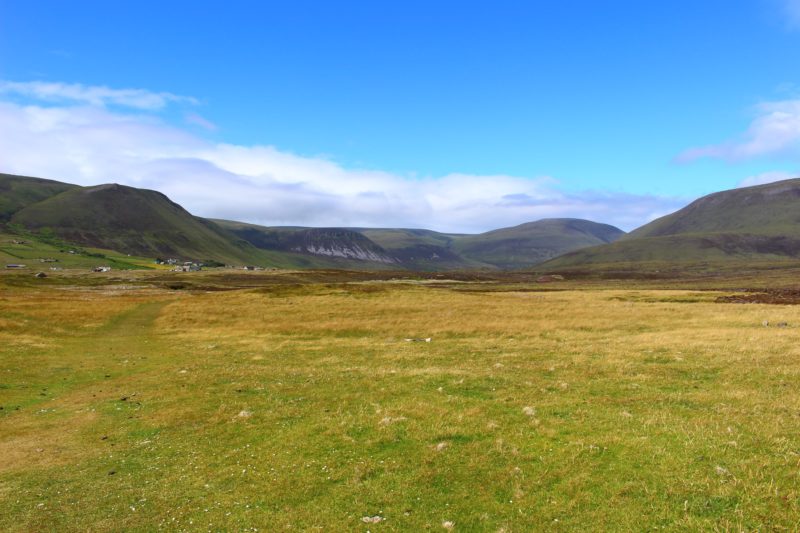
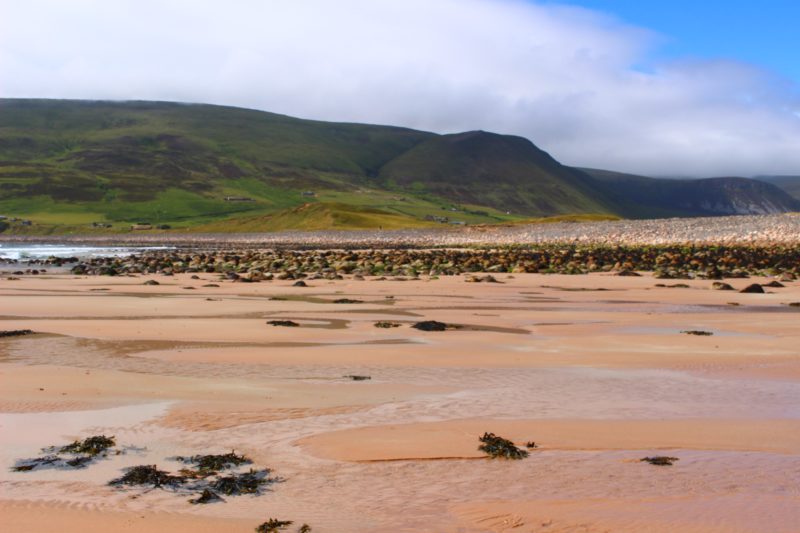
Rhi xx
